Beyond Butt In Chair
We’re onto the second section in Anne Lamott’s Bird by Bird — The Writing Frame Of Mind — and it’s getting a bit nebulous folks.
In “Looking Around,” Lamont encourages us to see, truly see, the world. That sounds like mindfulness training to Kim, it sounds like something else to Renee. And then it’s onto “The Moral Point of View” which brings out an even more heated discussion. In the end, we’re not sure if we learned anything, but we definitely got some stuff out of systems.
On a practical useful note, we have a great interview with editor Kristen Tate about how developmental editing can be used to save a novel, with some excellent advice about how she does this with her clients.
Read More













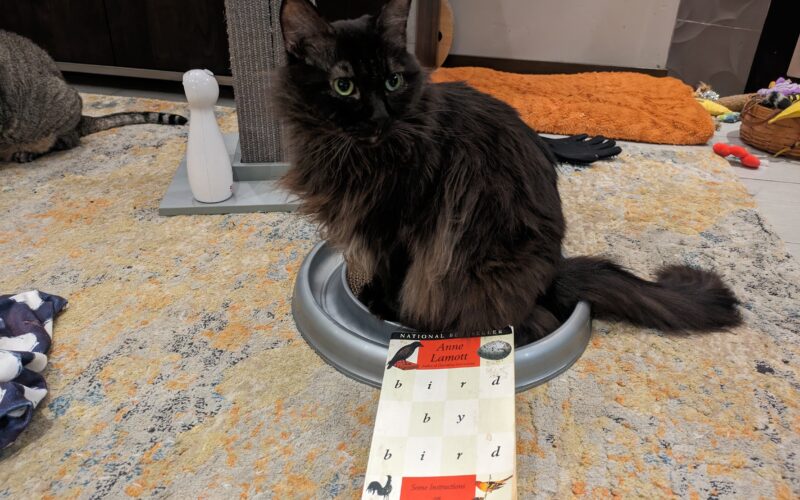
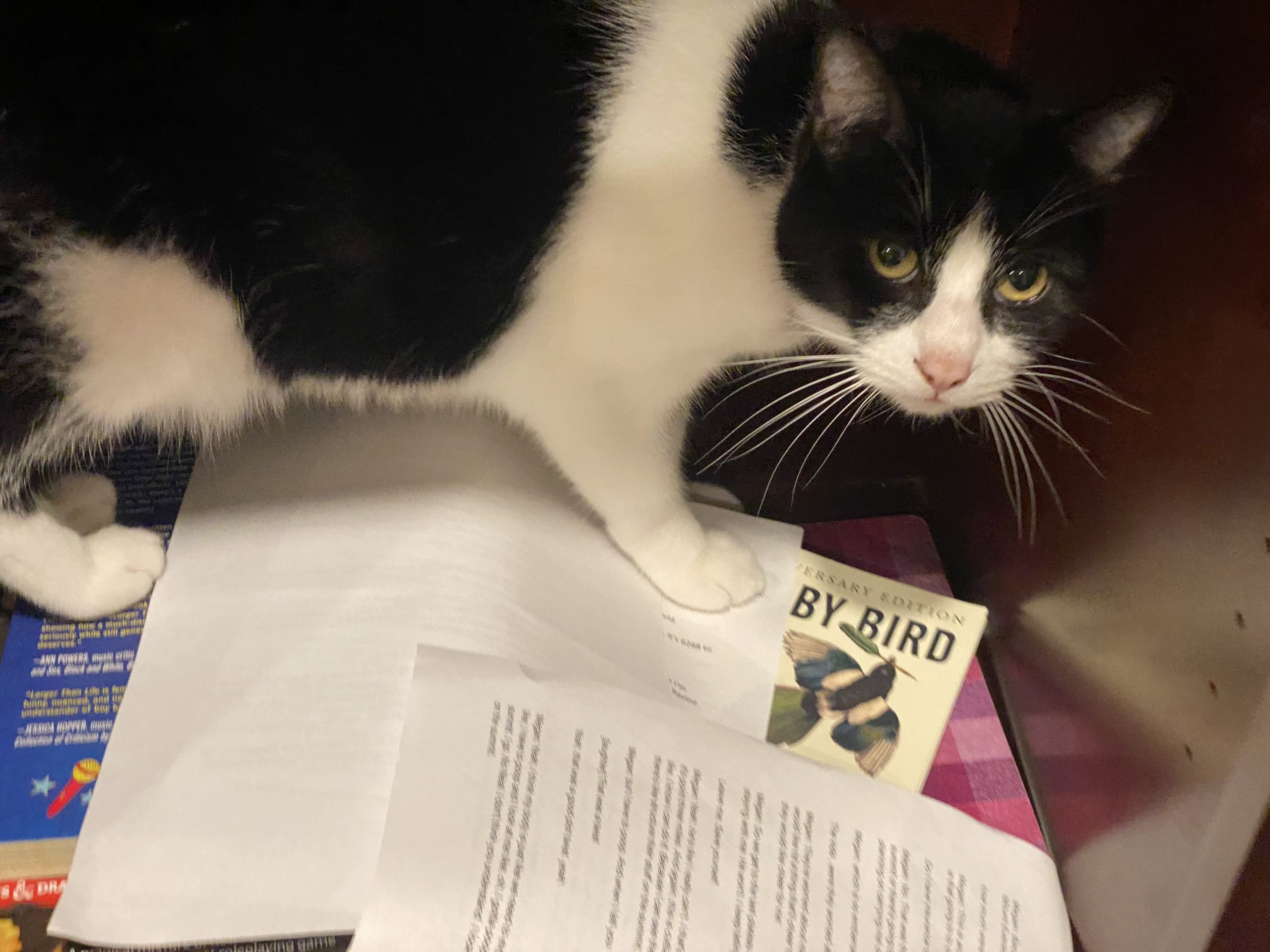








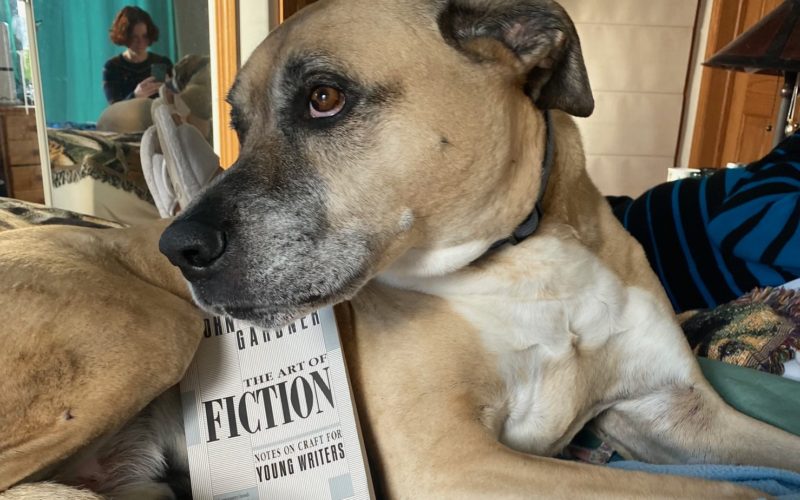




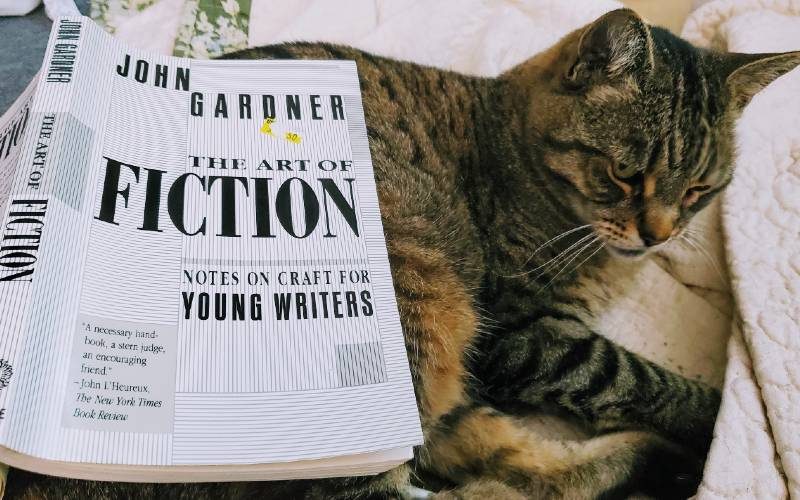
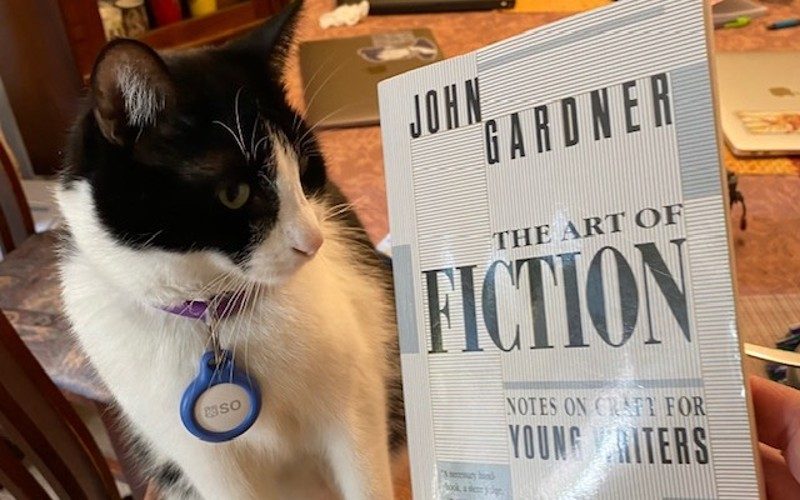
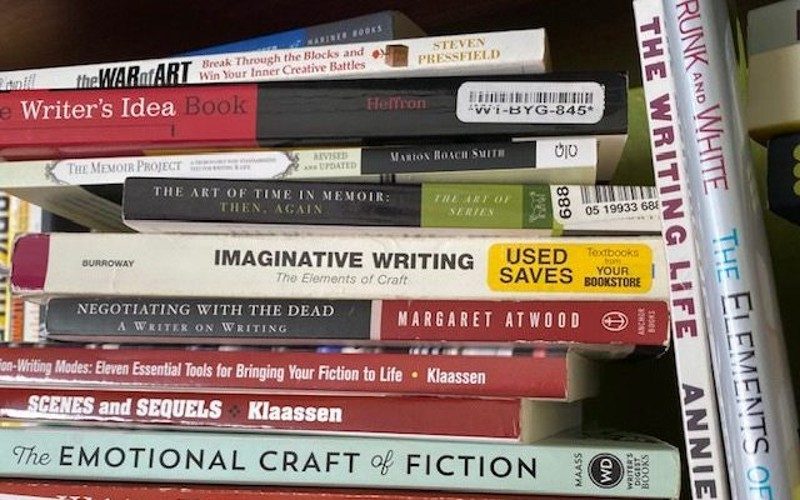
You CAN handle the truth (in your memoir)
Readers seek out memoirs because they want true stories. But the truth, according to Judith Barrington in her book Writing the Memoir, is more than using Google to fact...